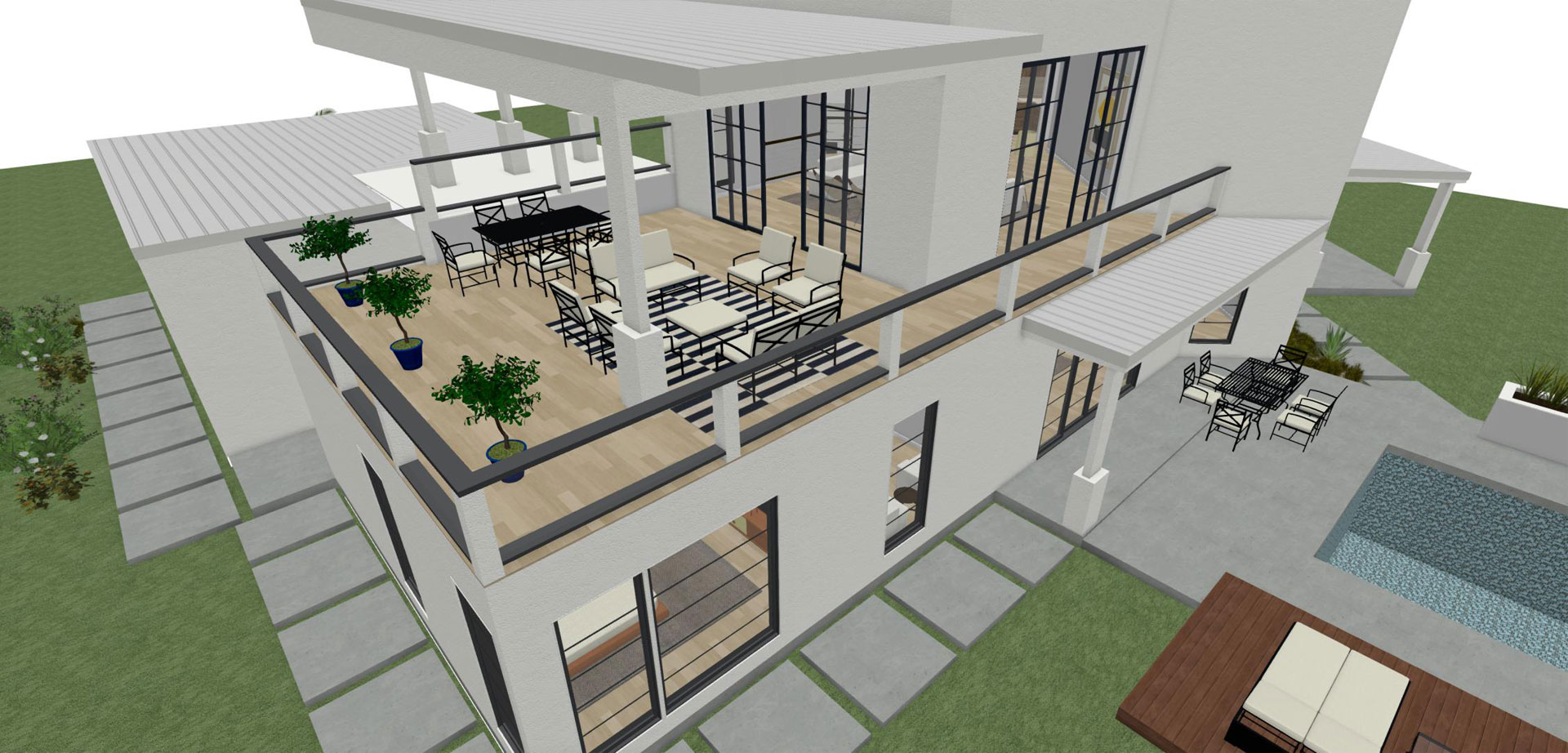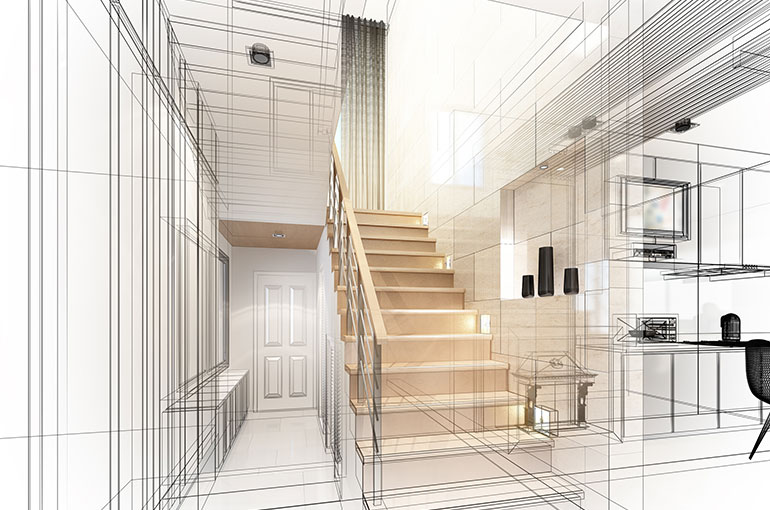Why CDA Architects Are Leaders in Architectural Layout and Technology
Why CDA Architects Are Leaders in Architectural Layout and Technology
Blog Article
Recognizing the Collaborative Refine In Between Engineers and Engineers in Modern Building And Construction Projects
The collective process between engineers and designers is crucial in modern building projects, as it harmonizes layout intent with design expediency. Discovering these characteristics discloses understandings that could dramatically impact job end results and overall market standards.
The Value of Collaboration
The joint synergy between designers and engineers is essential for the successful realization of any type of construction task. This partnership combines distinctive proficiency and point of views, allowing the integration of ingenious layout with useful design options. By working together, architects and engineers can guarantee that a job not just meets aesthetic and useful demands however additionally adheres to security, sustainability, and financial restrictions.
Collaboration cultivates a common vision, helping with the positioning of goals and expectations from the start. This positioning is essential in resolving possible difficulties and mitigating dangers that can arise throughout the job lifecycle. Additionally, a collaborative method permits the effective allotment of sources, optimizing both time and cost.
The significance of cooperation reaches the repetitive process of style and construction, where feedback from designers can educate architectural decisions, resulting in more viable and sustainable designs. On the other hand, architects can motivate engineers to believe artistically about just how to accomplish structural stability without jeopardizing artistic intent. Eventually, the collective partnership in between architects and designers is not simply valuable; it is essential to the development of top quality, functional, and innovative developed settings that satisfy the needs of society.
Communication Techniques and Devices
Reliable interaction strategies and devices are crucial for cultivating cooperation between architects and designers throughout the task lifecycle. Developing clear networks of communication is necessary to make sure that all employee are lined up with project objectives, timelines, and duties. Routine conferences, both in-person and virtual, supply opportunities for stakeholders to go over progression, address issues, and make notified choices.
Utilizing job monitoring software, such as BIM (Structure Details Modeling) platforms, improves partnership by making it possible for real-time sharing of design adjustments and technological requirements. These devices facilitate transparency, enabling engineers and designers to visualize changes and evaluate their effect on the overall project.

Shared Objectives and Job Vision

Developing common goals entails open dialogue and a complete understanding of each discipline's contributions. Engineers generally concentrate on design intent, spatial connections, and customer experience, while engineers highlight architectural integrity, systems performance, and conformity with policies (cda architects). When these point of views are aligned, the result is a natural task that adheres to both innovative desires and technical expediency
In addition, a well-defined project vision promotes responsibility amongst staff member, motivating each individual to take possession of their duty in achieving the desired outcome. Routine check-ins and collective workshops can additionally enhance this dedication, permitting modifications to be made as the job progresses. Ultimately, a common vision not only improves synergy but likewise raises the quality of the final deliverable, causing successful job conclusion.
The Duty of Technology
Leveraging innovation has actually become vital in boosting collaboration between designers and designers. Structure Information Modeling (BIM) stands out as a critical innovation, permitting both engineers and engineers to create comprehensive 3D designs that envelop layout intent and structural integrity.
Furthermore, cloud-based platforms allow smooth cooperation, permitting task stakeholders to access and update project data check my reference from anywhere. This fosters a culture of transparency and accountability, as modifications can be tracked and evaluated in real-time. Furthermore, mobile applications additional improve interaction, supplying on-site groups with instant access to job specs and updates.
Arising innovations such as expert system and artificial intelligence are likewise beginning to contribute in predictive analysis, aiding groups determine prospective issues before they arise. Ultimately, the duty of modern technology in architecture-engineering cooperation not just enhances workflow efficiencies yet additionally improves development, leading to more effective job results. By embracing these technical improvements, designers and engineers can make certain a much more cohesive and productive joint process throughout the construction lifecycle.
Study in Successful Collaborations
Many study show the profound influence of efficient check my reference partnerships in between designers and designers on job outcomes. One remarkable example is the cooperation on look at this web-site the High Line in New York City, where landscape architects, designers, and urban coordinators interacted to transform a deserted rail line right into a dynamic public park. This multidisciplinary approach not only boosted the aesthetic quality however also made certain structural safety and security and ecological sustainability.
One more excellent case is the layout and building of the Sydney Opera House. The collaboration between designer JÃ ¸ registered nurse Utzon and structural designer Ove Arup exemplified ingenious analytic. Their collaboration permitted for the renowned shell-like layout while addressing intricate design challenges, eventually bring about a timeless architectural work of art.
The Burj Khalifa in Dubai even more shows the value of collaborative efforts. cda architects. The assimilation of architecture and engineering experience enabled the job group to attain unprecedented heights while adhering to safety and security regulations and aesthetic vision
These examples highlight the value of interaction, trust, and shared goals. In today's complicated building atmosphere, such collaborations are crucial to browsing obstacles and delivering tasks that meet both functional and visionary goals.
Conclusion
In final thought, the partnership between architects and designers is essential for the success of modern building and construction jobs. Effective interaction strategies, a common project vision, and the assimilation of innovative modern technologies are important elements that promote this partnership. By promoting a culture of accountability and leveraging tools such as Structure Details Modeling (BIM), groups can browse project intricacies, making certain that visual, useful, and sustainability objectives are attained. Inevitably, this synergy results in innovative and effective job outcomes.
Report this page